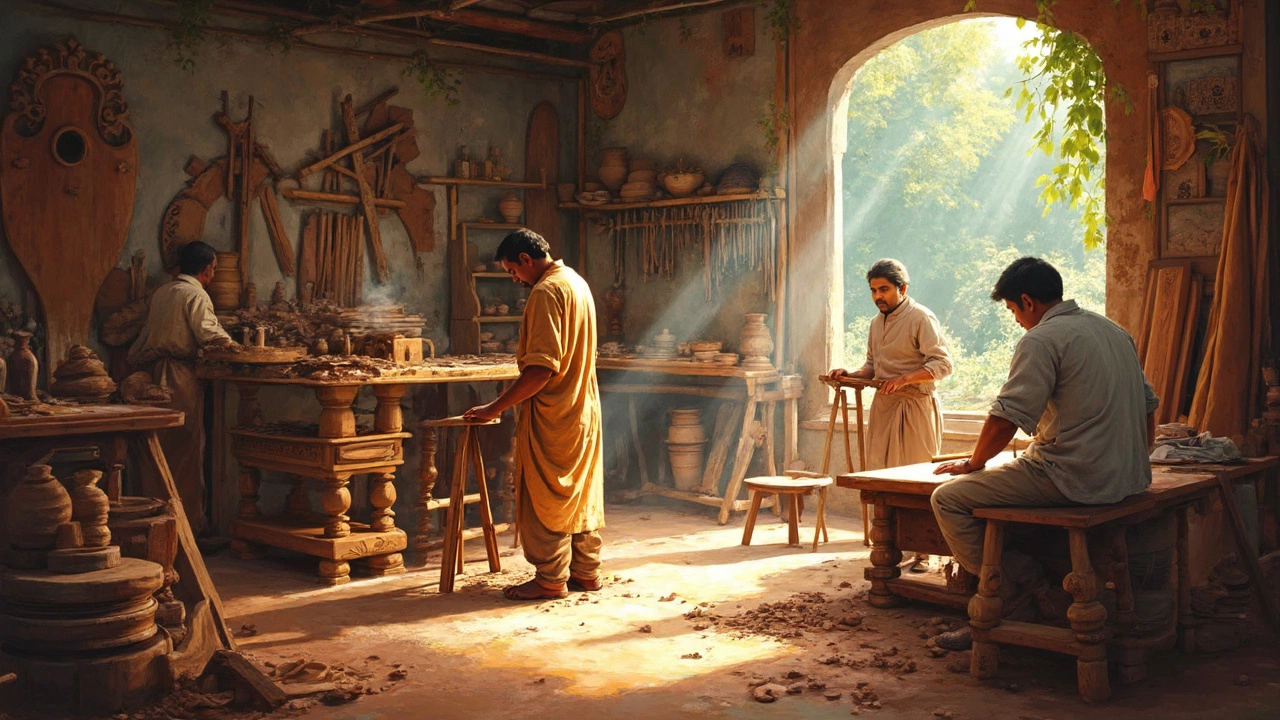- Who Is the World’s Manufacturing Capital? A 2025 Deep Dive Oct 22, 2025
- What Plastic Pollutes the Ocean the Most? Apr 13, 2025
- Where Are Dr Reddy's Drugs Manufactured? Inside India's Pharma Powerhouse Apr 20, 2025
- What is the richest furniture company in the world? Nov 21, 2025
- Food Processing Levels: The 4 Main Stages Explained May 11, 2025
Durable Wood – Strong, Sustainable Choices for Every Project
When you need a material that lasts, looks good, and respects the planet, durable wood is a solid bet. It’s the go‑to for builders, furniture makers, and DIY fans who want something that won’t crack or rot after a few seasons. In this guide you’ll learn what makes wood durable, how to pick the right species, and simple steps to keep it in top shape.
What Makes Wood Durable?
Durability isn’t magic; it’s a mix of natural traits and smart treatment. Hardwoods like teak, oak, and ipe have dense fibers that resist wear and moisture. Softwoods such as cedar and redwood are naturally rot‑resistant because they contain oils that repel fungi. Beyond species, the way the wood is cut matters. Quarter‑sawn boards expose fewer growth rings, so they expand less with humidity changes. Finally, a good finish—whether oil, varnish, or polymer coating—creates a barrier against water, UV light, and insects.
Think of durability as three layers: the grain structure, the species’ natural defenses, and the surface protection you add. If any one layer is weak, the wood can suffer. That’s why a cheap, untreated pine plank may feel fine at first but will warp after a rainy season.
How to Pick and Care for Durable Wood
Start by matching the wood to the job. Outdoor decks need high‑density, weather‑proof species like ipe or thermally‑modified ash. Indoor furniture can get away with softer options—just make sure they’re sealed. When you shop, look for straight grain, tight knots, and a uniform color. Those signs usually mean the tree grew slowly, giving it extra strength.
Once you have the wood, give it a protective coat within a week of installation. A thin layer of penetrating oil works wonders for decks, while a two‑coat polyurethane finish adds a hard shell for tables and cabinets. Re‑apply the finish every two to three years for outdoor pieces; indoor items usually need a touch‑up only when the surface starts to look dull.
Maintenance is simple: keep the wood clean, wipe off spills right away, and avoid leaving standing water. If you notice any soft spots or cracks, sand them smooth and re‑seal. Those small steps prevent bigger problems down the road and stretch the life of your project.
By choosing the right species, cutting style, and finish, you get wood that looks great for decades. It’s a low‑tech solution that beats many synthetic alternatives when you factor in durability, aesthetics, and environmental impact.
Ready to start a new build or replace an old shelf? Pick a wood with proven durability, treat it properly, and you’ll enjoy a sturdy, beautiful result that stays with you for years to come.
Discovering India's Strongest Wood for Durable Furniture
- Aarav Sekhar
- Mar 23, 2025
Dive into the world of Indian wood and uncover the strongest varieties used in furniture manufacturing. From teak to sal, discover how these woods stand up to the test of time and usage, offering reliability and beauty. Learn about their unique characteristics and why they are favored by craftsmen. Get tips on selecting the right wood for your needs.
